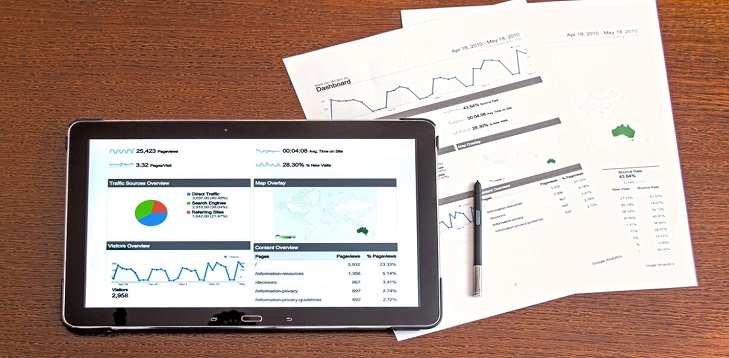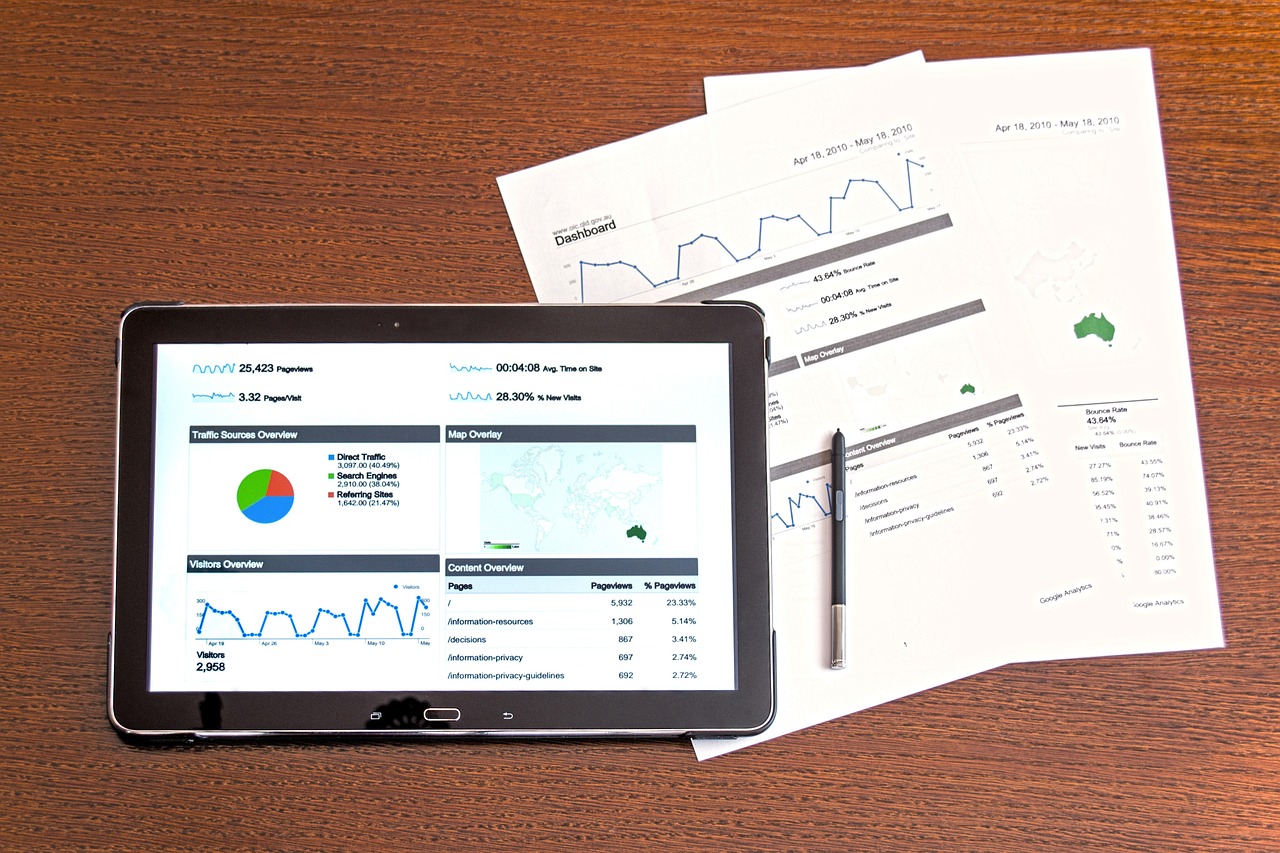Finding a Unique Sselling Proposition or a Unique value proposition for your product is what lets your stand out from the crowd. A USP allows you define how your product or service meets the customer pain points and offer expected benefits. Let’s take a deep dive into this blog to know how your brand can crack the art of crafting a unique selling proposition (USP). This blog is here to simplify your process of creating a Unique Seling proposition.

What is USP?
Have you ever explored the meaning of a USP? What this world exactly men for the brands these days? A Unique Selling Proposition or USP is a set of characteristics features of a product that defines its addictiveness from other similar products and creates a unique appeal. It is the reflection of the elements that makes your product better than that of the competitors. A USP of your product or service differentiate your business from others in the same industry and assist you achieve a unique position in the market. Without a Unique Selling Proposition your brand becomes in invisible. This statement is enough to define the importance of USP for any brand in the competitive business world. Every product or service is a solution to one or more problems faced by the customers. Your Unique Selling proposition or USP allows you to make the customers aware of how your product or service can help them resolve those problems. A successful development of USP lets you clearly address the benefits that customers observe from the products or services offered.
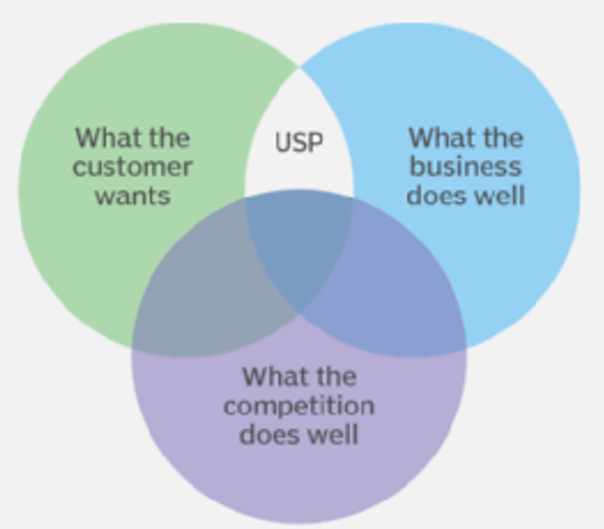
USP Categories
Crafting a Unique Selling Proposition is incomplete unless you identify the categories that clearly justifies your product traits. Understanding the following 4 USP categories can help you excel in crafting a Unique Selling Proposition for your brand:
Price:
Price plays a crucial role in attracting the target audience towards your products or services. You need to understand how much your customers intent to spend on the products you offer. It helps you define the pricing structure and strategy for the products within your USP.
Quality:
Quality is when the customers return and the product does not. This is what makes quality one of the most crucial USP categories. Ensuring that your product should have the best quality in the respective industry and market. It helps you strengthen the Unique Selling Point and maintain higher customer loyalty.
Convenience:
Convenience is considered as a key driving factor for customers towards a product or service. A feeling of ease to buy a product brings high level of positive impact to a customer’s buying decisions. This is why it is essential for you to create high convenience for the customers while accessing your products or services.
Differentiation:
Without differentiation you have no brand. This means that your USP is incomplete without differentiation. This category or component defines the significance of Unique in Unique Selling Proposition. Differentiation is the idea of finding the reasons why your product or service is unlike or better than that of your competitors. It reflects the customer value your products provide that others don’t.
These categories should be strategically integrated with your Unique Selling Proposition to showcase your brand and products in the most attractive and engaging manner. The key area to be focused on during this process is the nature of your product and service.

Common mistakes in crafting a USP
Crafting an out landing Unique Selling Proposition can be burdensome as it demands strong efforts of the brand developers. Your USP can be a major breakthrough for your business to build an extraordinary position in the market. However, the brands make few mall mistakes that minimize the impression of your USP on the customers. The following mistakes should be avoided to make your USP a success:
Don’t Go Too Wide
Your USP should be clear and concise as its purpose is to offer a brief understanding of your brand or product. Broadening your USP may affect its ability to keep the audience engaged. You should be precise with your words while creating your product or brand USP.
Stay Focused
Focus on the product or a brand is the key to craft a successful Unique Selling Proposition. A lack of focus on the key elements of the product or business ide can make big blunder in your USP. Be specific with your information and avoid being too narrow.
Don’t Loose Uniqueness
Most common mistakes that generally brand is neglecting the role of uniqueness in their USP. The word Unique needs to be justified as it is critical for distinguishing your USP from your competitors. Evaluating your competitors’ attempts to the same can help you work on the same.
Message should not sound wrong
A clear link between your brand message and Unique Selling Proposition. Without this link you may not attract your audience in the expected direction. To do the same, you should know how your target customers perceive the nature of brand and products you offer them. It will let you make the best use of your USP in advertising.
How to craft a Unique Selling Proposition
Step 1: Recognising Customer Pain Points and solutions you offer
There is only one boss, The customer. You need to understand what customers actually want and not telling them what you can offer. The first and foremost step in creating an USP is to identify what solutions are your customers searching for. A thorough market research will allow you to understand your target customer segments. Developing a deeper understanding of your customer is compulsory task. Creating a customer persona is recommended as a part of Unique Selling Proposition best practices to crack this stage of creating your USP.
Step 2: Find Out your Uniqueness
In business competition can never be healthy, it is rather a domination. To be in a dominate your market with your USP. Your USP lies in between what the customers really want and what you are best in. The next step is to explore your own capabilities and find what makes your brand unique. It will let you be distinguished from your competitors and stay ahead in the market. These points are what drives your customers to choose you over others. You need to identify the characteristics that drives your product as solution to the different problems faced by your customers.
Step 3: Enlist the Benefits You Offer to Customers
Once the customer pain points are acknowledged followed by the best solutions to the same, the next move is to highlight the benefits offered by your product or brand. Here is when you have to act like a customer himself. The Unique Selling Proposition best practices suggest that a clear and precise explanation of the customer benefits should be aligned to your USP. Your customers do not care about how much you know unless they know how uc you care. Your customers care about re solutions to their problem and this is the foundation of your Unique Selling Propsition.
Step 4: Create a Short Description
An ability to simplify means to eliminate the unnecessary so that the necessary becomes your voice. If you want your USP speak for you, extract the short description for your USP. A single statement that clearly define your Unique Selling Proposition. It lets you integrate your Up in advertising efforts and bring the best marketing outcomes. There is a significant scope for you to modify your USP statement as per the perspectives of your target audience. Do not hesitate to use the hit and trial approach unless you get an exceptional USP statement. This solo statement can do wonders in reaching out your customers.
There is a free flow of creativity that empowers the brands these days. Let’s have an overview to few of the most successful USPs utilized by different business. These examples will motivate and help you learn the art of putting all the components of USP together.
Canva: Empowering the world to design
Canva, a web based graphic designing platform has he best Unique Selling Proposition so far. The USP statement “Empowering the world to design” clearly defines how you can say everything in a simplest and precise way.
Nike: Bring inspiration and innovation to every athlete in the world
Nike is another extraordinary sports brand that has major contribution to transforming the brand into a footwear leader. It’s USP statement reflects the vision of the company and is clear about who ae its target customers.
Coca-Cola: Refresh the world. Make a difference
How can we forget Coca-Cola? A surprisingly amazing brand proving its distinguished idea of products in beverage industry. It not only teaches uniqueness but also a great example on how to stick to your brand message and nature of products offered.
We are here to offer the valuable guidance to craft a top-notch USP for your brand. This blog brings you the unique ideas to make the best out of your products or services and distinguish your business in the market.

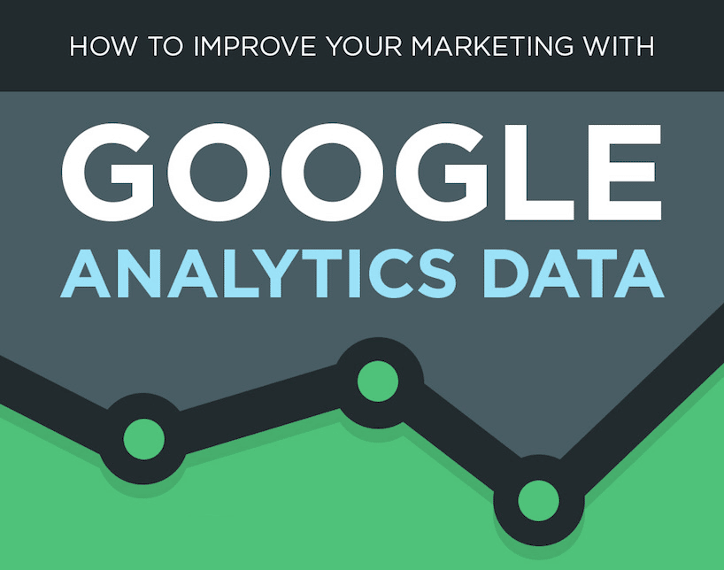
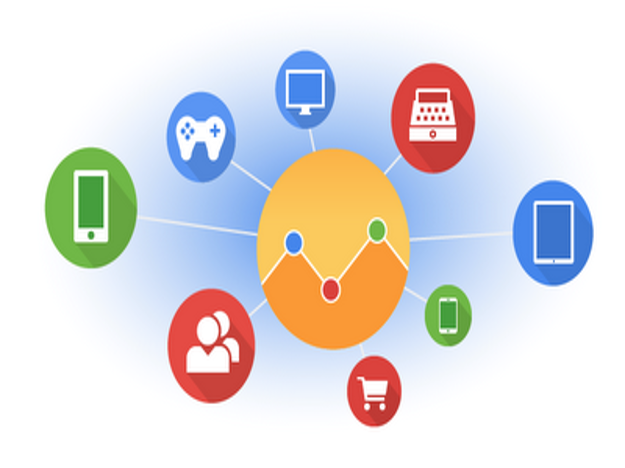
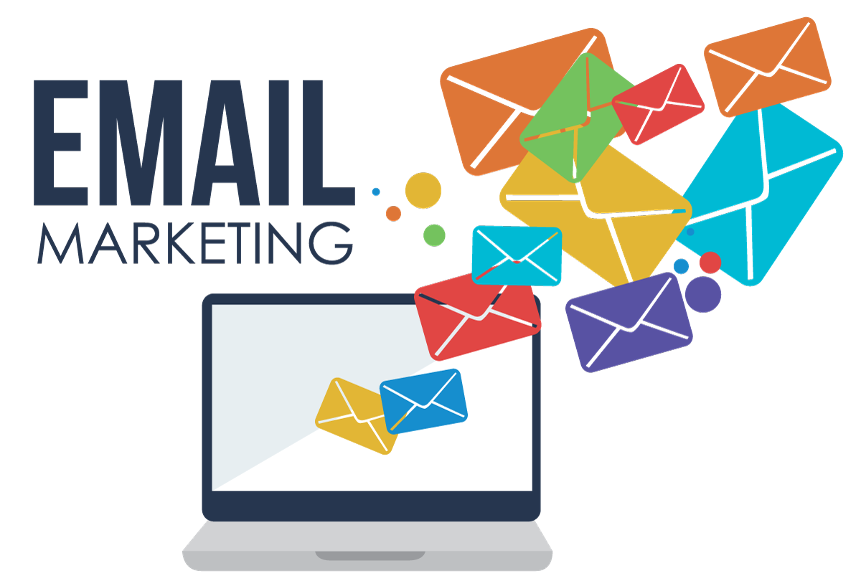
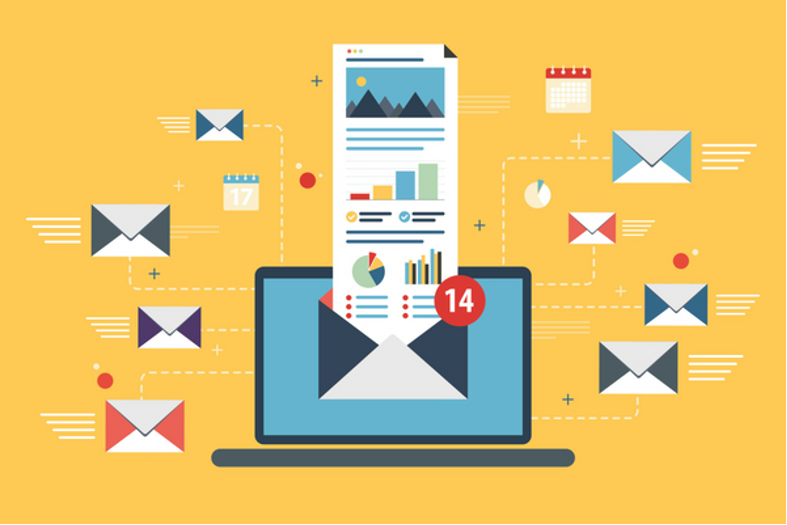


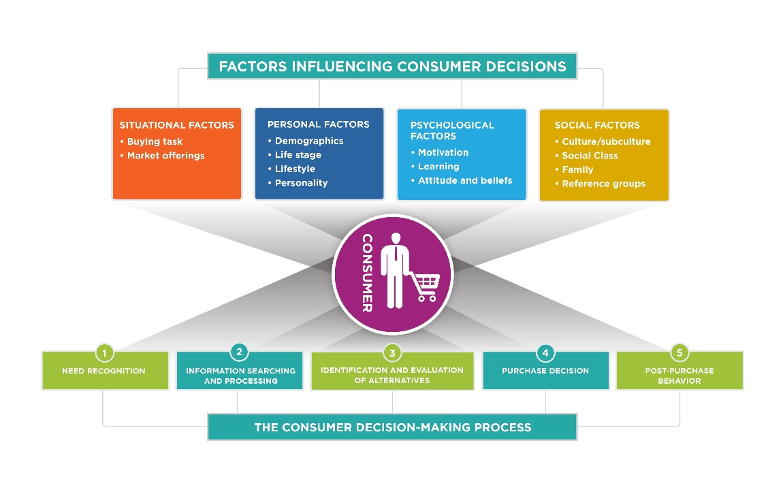

















 7. GDPR Compliance: Prioritizing Data Privacy
7. GDPR Compliance: Prioritizing Data Privacy



